Resin Filleting, Laminating and Gluing Resin F.L.A.G. Resin is a “medium” body resin specifically designed to perform as an adhesive and structural laminating foundation. The medium viscosity allows for the incorporation of fillers when fairing putties, gluing slurries and filleting systems are required. F.L.A.G. is more reactive than our Low Viscosity Resin when mixed with Medium Hardener. This keeps fillets and fairing from slumping. F.L.A.G Resin is next day sandable when cured at 60 degrees F. and higher with Medium Hardener. F.L.A.G Resin may be used with all MAS Hardeners, however, for filled applications we recommend Medium Hardener
FLAG RESIN Note MAS low Viscosity and our flag epoxy are compatible and can be mixed. Both are sold by volume because of the way the product is produced. We use an average weight of 1.366 kilos per liter to compare with WEST or other epoxies. This means a 3-liter kit of MAS epoxy will weigh just under 4 kilos and a 6 liter kit will weigh a fraction under 8 kilos (7.84) do not take weights as accurate. this is just to help customers work out how much they need and to help compare prices across the board.
FLAG resin like all our other resins is a no blush no wax formula so there is no washing down between coats. FLAG must be mixed at two parts resin to one part hardener by volume or weight (we recommend digital scales brought from the supermarket and covered with cling film for any long project) Mix the hardener and resin well, once mixed additives such as workshop mix or W.S M 10/20 can be added for gluing or fairing (see additives for more information).
Use. Flag can be used with slow, medium or fast hardeners for gluing most substances. It can be used just with its hardener added to go over any cloth work and build depth and thickness and fill in any weave that has been soaked out or to build a barrier coat.
With fillers such as silica micro balloons W.S 10/20 etc it can be used to fair out areas and help bring back the shape to a hull or object when used with Medium hardener it has very good anti slump properties
When gluing adding workshop mix or other additive helps fill voids however on large areas we recommend drilling of small holes which allow the epoxy to push through like worms these set to become epoxy nails and help prevent pockets of air from being trapped in the layers
When adding powders to make putty or slurry remember to always leave a shine on the mix otherwise it may be epoxy starved and crumble and not cure (do not make the mix to dry)
When moulding or filling large voids do so in small layers to avoid over heating

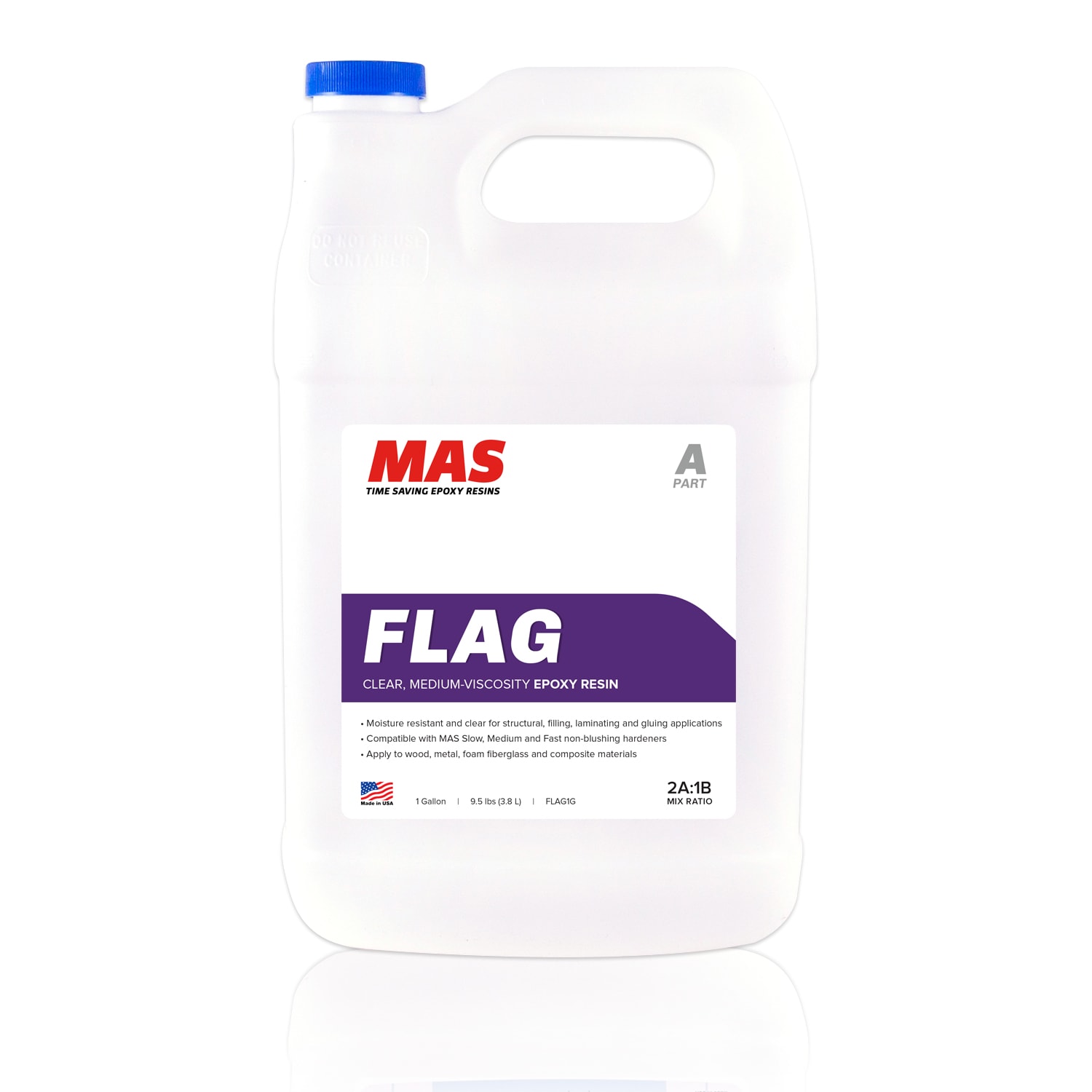
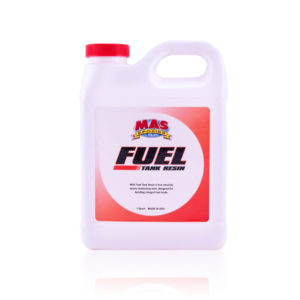
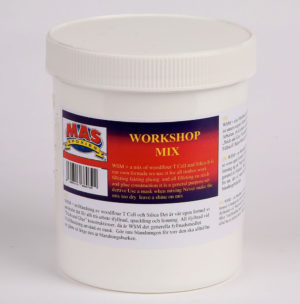
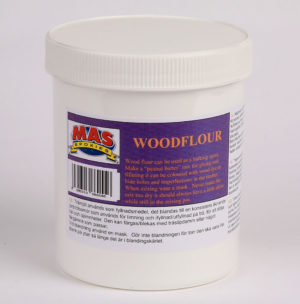
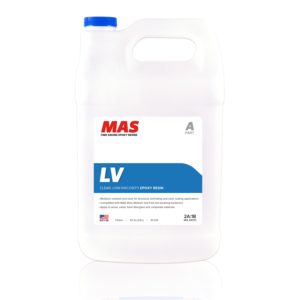
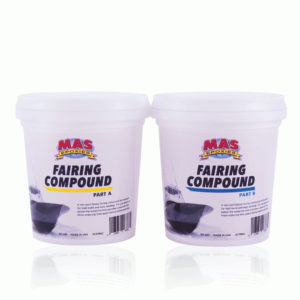
Reviews
There are no reviews yet.